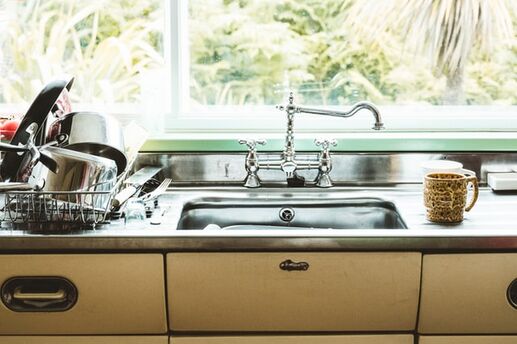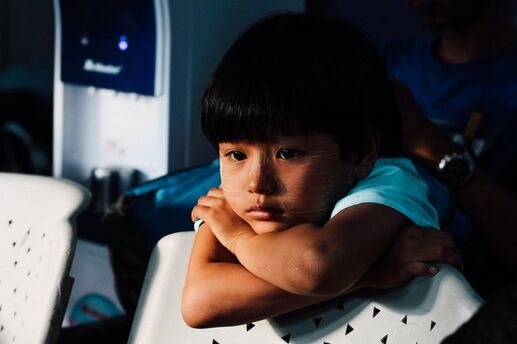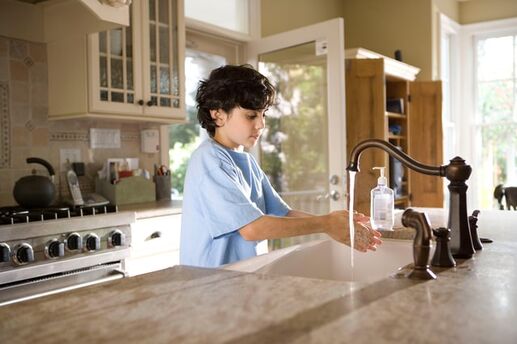Cleanup Shortcuts
It’s the parent trap: so much to do, so little time. It takes a supermom to get everything done, from caring for the kids and conquering clutter to keeping the kitchen clean and putting dinner on the table.
“It’s so easy to get overwhelmed,” says Julie Edelman, author of The Ultimate Accidental Housewife: Your Guide to a Clean-Enough House. “Your family’s health and well-being is important, but so is yours.”
Edelman and other cleaning and de-cluttering experts offer their simple, inexpensive strategies to help you multitask and take shortcuts on tedious chores. This way, you can spend less time with the vacuum cleaner and more quality time with your family.
Keep a Clean and Healthy Kitchen
1. Prevent a pileup. Clean after every meal, suggests Deb Lillard, author of Absolutely Organized: A Mom’s Guide to a No-Stress Schedule and Clutter-Free Home. Wipe tables and counters, put dishes into the dishwasher and sweep the floor. Keep disposable plates, flatware and cups for nights when you’re too worn out for dish duty.
2. Catch up while you wipe down. When you’re chatting on the phone with a friend, grab some disinfectant wipes and clean three key spots that people notice: the stovetop, the sink and the fridge door. Not only will this help your kitchen look neater, but can also help with cold prevention.
3. De-gunk your stovetop. Have your kids make a paste of 1 part baking soda to 3 parts water, then use a sponge to scrub off hardened bits of food around the burners, says Edelman.
4. Raid the fridge nightly. Every night before bed, look in your refrigerator. If something is going to spoil soon, move it to the front to remind yourself to eat it or toss it.
5. Zap microwave germs. Bring a cup of water to a boil in the microwave. The steam will loosen dried particles so they’re easy to wipe away.
Lighten the Laundry Load
1. Label laundry baskets. Give each family member a basket with his or her name on it. Dirty clothes have a place to go (besides the floor), and it’s easy for clean clothes to go back to their owner.
2. Play ball. When it’s time to sort, ask your kids to separate whites, darks and delicates into three different hampers by making “baskets,” says Edelman.
3. Make folding fun. Choose one TV show you love and only allow yourself to watch while folding clothes. Stack folded clothes directly into each family member’s basket.
4. Consolidate bedding. After you wash sheets, store sets inside unfolded pillowcases to make changing sheets a cinch (and minimize clutter in your linen closet).
5. Invest in help. Ask the kids to deliver baskets of clean clothes to the proper rooms. “For an incentive, I keep a piggy bank on top of the washing machine for any loose change I find in pockets,” says Edelman. The person who is most helpful will score a cash prize at the end of a laundry day.
Corral Kids’ Rooms
1. Get in the zone. Divide the room into zones: reading in one corner, arts and crafts in another, for example. This way, your little ones always know where to go for these activities and where to find and put away toys.
2. Buy bins. “Kids’ rooms are my biggest challenge,” admits Lillard. Label see-through storage containers (for toys, books, stuffed animals, dolls) and ask the kids to decorate them. Straightening up is faster when children can see where everything goes.
3. Control artwork overload. Give each child a desk with drawers for collecting paperwork and drawings. At the end of the school year, go through the drawers together and decide what to save in scrapbooks or memory boxes.
4. Chart progress. Make a pre-bedtime chore checklist to help children remember to put completed homework in their backpacks, pick up toys on the ground and put dirty clothes in the hamper.
5. Recycle old toys. Every few months, box up a third of your kids’ toys and store them in the closet. You’ll have less to organize, and old toys become interesting again when they reappear.
Even if you can incorporate only a few of these tricks, it will give you the opportunity to spend less time on what you don’t like and more time on what you do.
Photo by Annie Spratt on Unsplash
Like this article? Get more by following us on Facebook at Beauty & Confidence.




